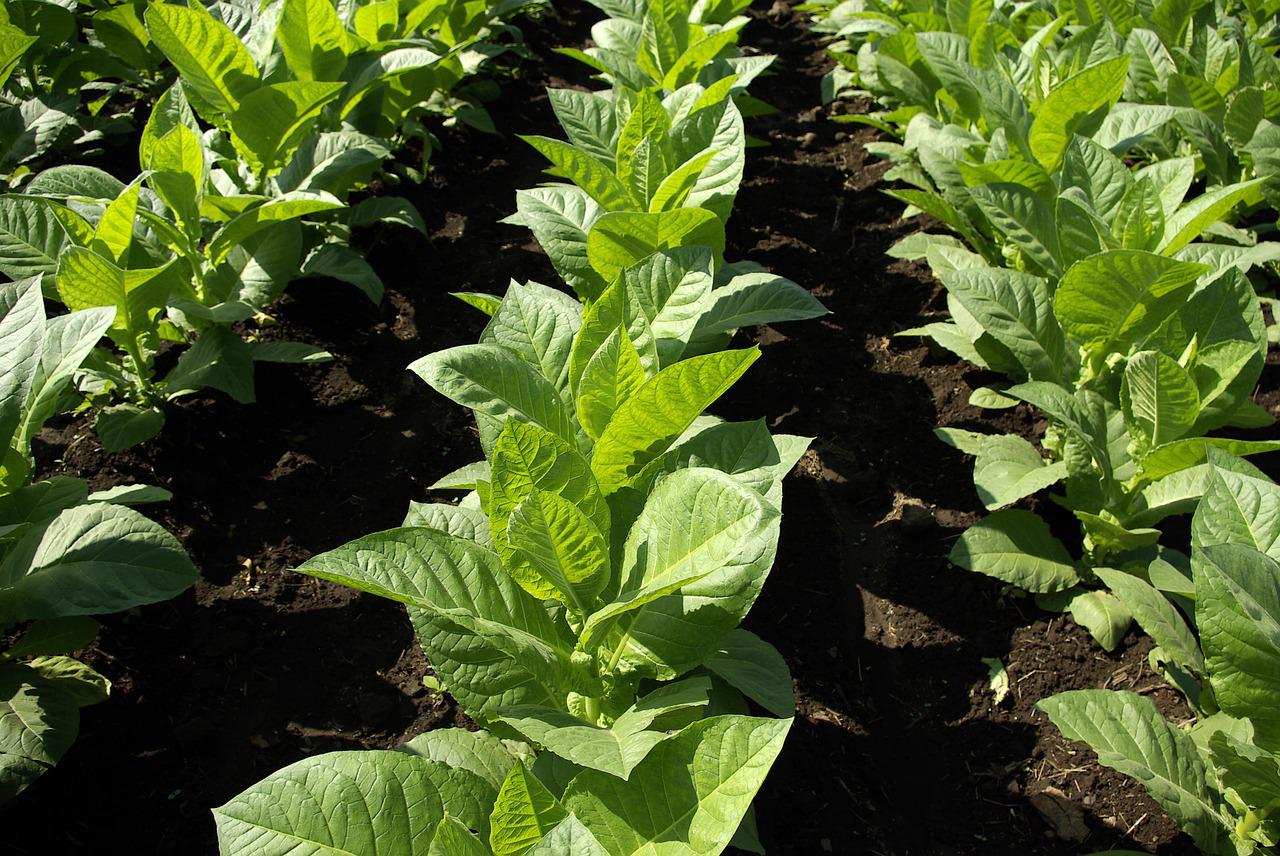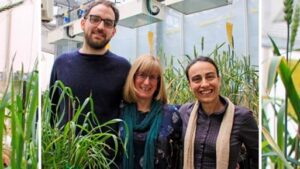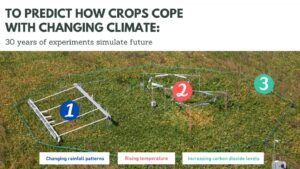University of Cornell researchers are working toward improving photosynthesis to help plants adapt to increasing climate changes and increasing yields. The study, “Improving the Efficiency of Rubisco by Resurrecting Its Ancestors in the Family Solanaceae,” focuses on Rubisco, an important enzyme for photosynthesis.
Senior author Maureen Hanson, the Liberty Hyde Bailey Professor of Plant Molecular Biology in the College of Agriculture and Life Sciences, led the study.
The team utilized a computational technique to project favorable gene sequences that produce Rubisco. This technique revealed which enzymes were ideal candidates that could be developed into modern crops.
The Ancient Rubisco Enzyme
Evolutionary history played a major role in the method.
Researchers considered ancient Rubisco genes from 20-30 million years ago. Earth’s carbon dioxide (CO2) levels were significantly higher during that time, and the Rubisco enzymes were adapted to the levels, according to the research.
The study recounts predications of 98 Rubisco enzymes at crucial points in the evolutionary history of the Solanaceae family. Researchers use tobacco as the experimental model for the study.
“We were able to identify predicted ancestral enzymes that do have superior qualities compared to current-day enzymes,” said Hanson in a news release from Cornell’s College of Agriculture and Life Sciences (CALS).
First author Myat Lin reconstructed a phylogeny of Rubisco using Solanaceae plants. The tree-like diagram showed the evolutionary relatedness among the plants.
“By getting a lot of [genetic] sequences of Rubisco in existing plants, a phylogenetic tree could be constructed to figure out which Rubiscos likely existed 20 to 30 million years ago,” Hanson explained.
With CO2 levels continuously rising, identifying potential ancient Rubisco sequences could help scientists manage future crops in today’s climate.

The study then applied an experimental system created for tobacco in Hanson’s lab. The system, which employs E. coli bacteria, was used to conduct similar tests on different versions of Rubisco.
The team discovered that ancient Rubisco enzymes predicted from present-day Solanaceae plants have great potential to be more efficient.
“For the next step, we want to replace the genes for the existing Rubisco enzyme in tobacco with these ancestral sequences using CRISPR [gene-editing] technology, and then measure how it affects the production of biomass,” Hanson said. “We certainly hope that our experiments will show that by adapting Rubisco to present day conditions, we will have plants that will give greater yields.”
Early results from the study are promising. If effective, Rubisco enzymes could be incorporated into crops such as tomatoes, soybeans and rice, allowing them to adapt to hot and dry future conditions caused by increasing CO2 gas concentrations.
Read More About Photosynthesis and Climate Change:
Consumers Weigh in on the Carbon Market and Climate Change
Rising to the Challenge of Climate Change
How Seed Can Help the Fight Against Climate Change
Light Signal Emitted During Photosynthesis Used to Quickly Screen Crops
Engineering Drought-Resistant Crops with Crassulacean Acid Metabolism (CAM) Photosynthesis












